Results
-
 £60.99
£60.99Tuscola Mountain Celebration - Paul Murtha
With a touch of high country ruggedness and Appalachian charm, this original overture by Paul Murtha is an excellent choice for contest or concert programming. A single catchy melody is woven throughout the work in a variety of styles and settings. From the joyous opening and clarinet statement to the tender slower sections to the blazing full band passages, this work packs plenty of variety into a very effective setting.
Estimated dispatch 7-14 working days
-
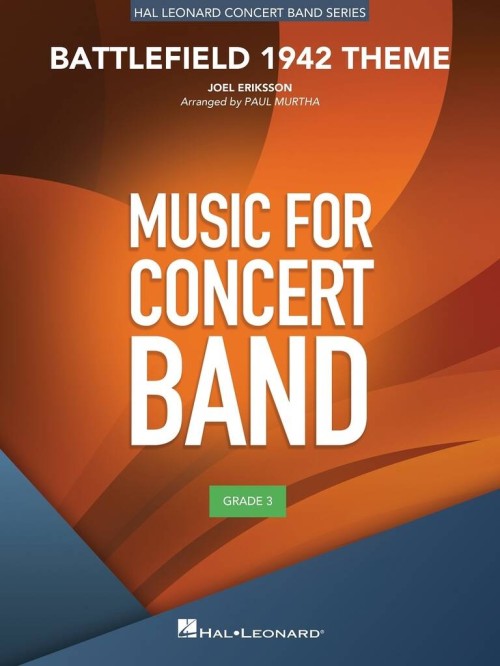 £64.99
£64.99Battlefield 1942 Theme (Concert Band - Score and Parts) - Eriksson, Joel - Murtha, Paul
One of the best-known video game themes of all time, Battlefield 1942 Theme features a driving military pulse and a memorable soaring melody. Paul Murtha's powerful version stays true to the original and brings all of the heart-pounding excitement to the concert stage.
Estimated dispatch 7-14 working days
-
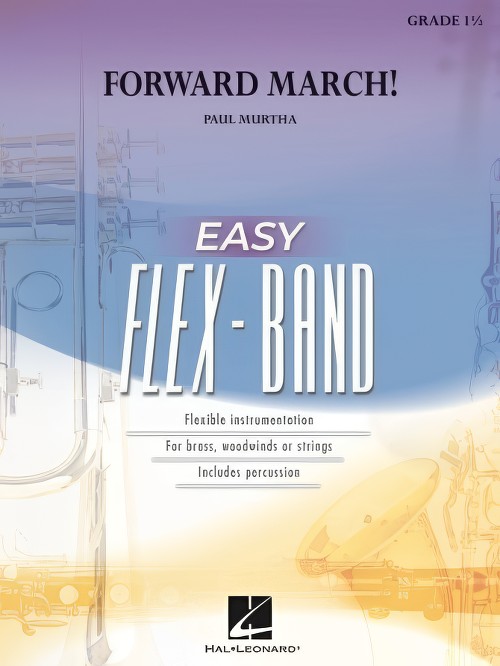 £47.50
£47.50Forward March! (Flexible Ensemble - Score and Parts) - Murtha, Paul
Paul has carefully adapted his popular march for young players into the 4-part easy flex format. Following a traditional march form, Forward March! features strong melodies, easy counter lines, a trio section, and strong finishing strain.Duration: 2.00
Estimated dispatch 7-14 working days
-
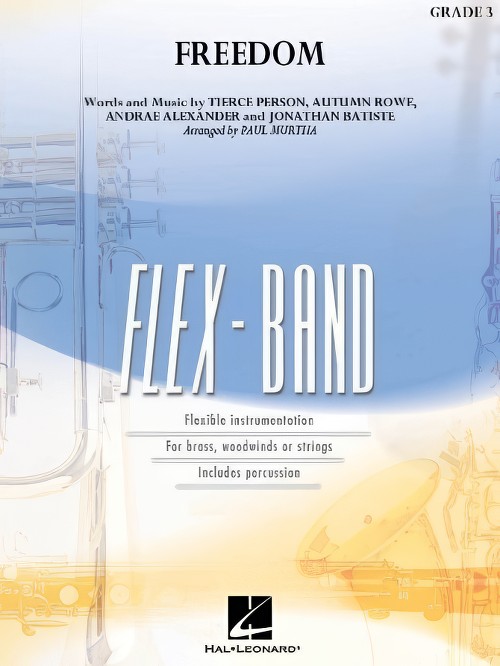 £57.50
£57.50Freedom (Flexible Ensemble - Score and Parts) - Murtha, Paul
From the acclaimed album We Are by Jon Batiste (Grammy Award for Album of the Year), the New Orleans flavored hit song "Freedom" exudes a sense of joy and optimism. Paul Murtha's outstanding arrangement for band features plenty of rhythmic energy and powerful scoring.
Estimated dispatch 7-14 working days
-
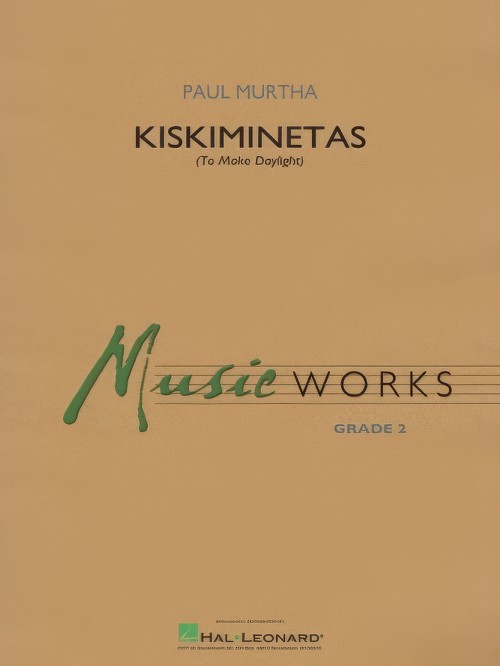 £57.50
£57.50Kiskiminetas (To Make Daylight) (Concert Band - Score and Parts) - Murtha, Paul
Kiskiminetas is a Native American word that means to make daylight and was likely a command given to break camp and continue the journey. Paul Murtha's escriptive work for young players opens with a noble fanfare suggesting the break of day. A lyric section follows depicting scenic vistas along the path, and finally an exuberant adventure theme celebrates the conclusion of the journey. Nicely paced with plenty of variety.
Estimated dispatch 7-14 working days
-
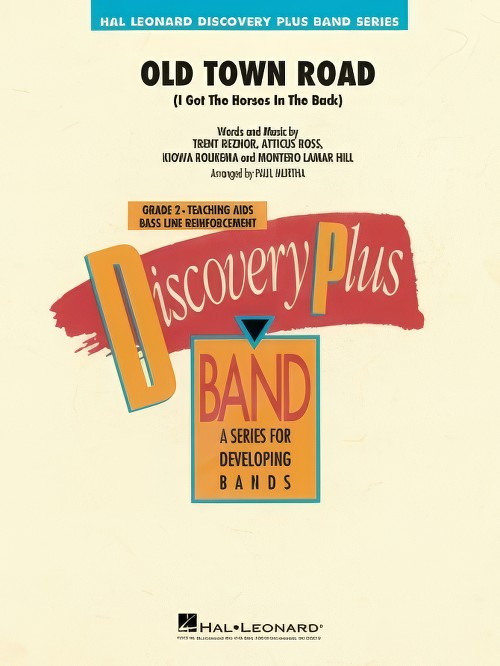 £53.50
£53.50Old Town Road (Concert Band - Score and Parts) - Murtha, Paul
Recorded by American rapper Lil Nas X and joined in the music video by country singer Billy Ray Cyrus, this mega hit stayed #1 on the Hot 100 pop chart for a record-breaking 19 consecutive weeks! Paul Murtha's version for young bands captures the unique sound of this appealing tune in this great-sounding arrangement.
Estimated dispatch 7-14 working days
-
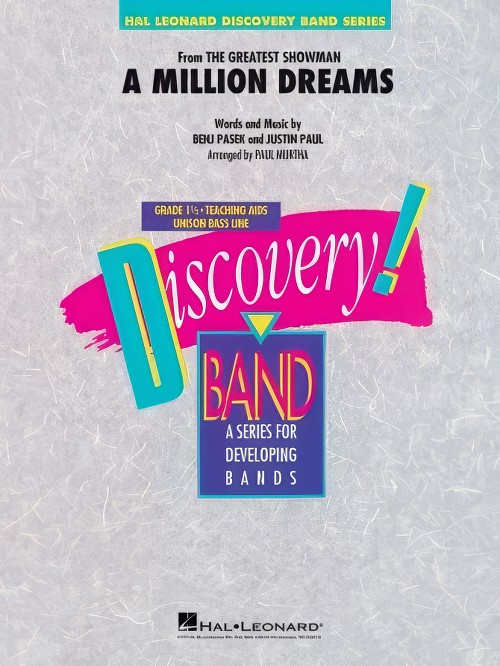 £42.50
£42.50A Million Dreams (from The Greatest Showman) (Concert Band - Score and Parts) - Pasek & Paul - Murtha, Paul
Songs from the movie The Greatest Showman have a way of appealing to all ages. This easy arrangement of A Million Dreams is sure to be enjoyed by students and parents alike.
Estimated dispatch 7-14 working days
-
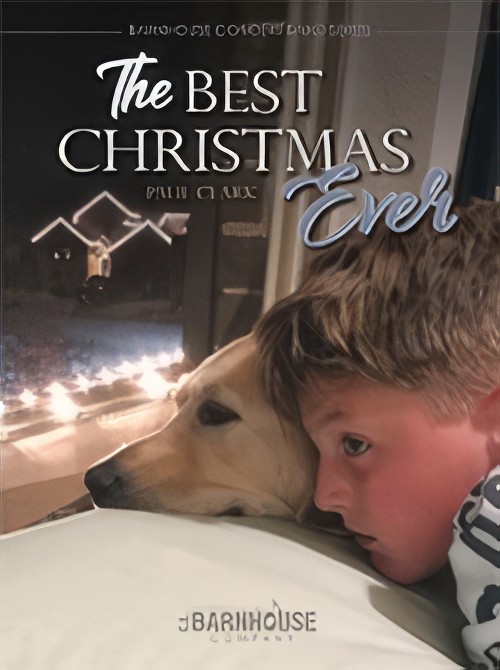 £74.00
£74.00The Best Christmas Ever (Concert Band - Score and Parts) - Clark, Paul
You will definitely have "The Best Christmas Ever" with this great medley of Christmas favorites from the pen of Paul Clark. This creative and fresh medley includes "We Wish You A Merry Christmas" (which includes short quotes from six other carols), "Silent Night." and "Go Tell It On The Mountain" The musical construction, sophisticated harmonies, and colorful orchestration are outstanding. Not to be missed! Duration: 4.30
Estimated dispatch 7-14 working days
-
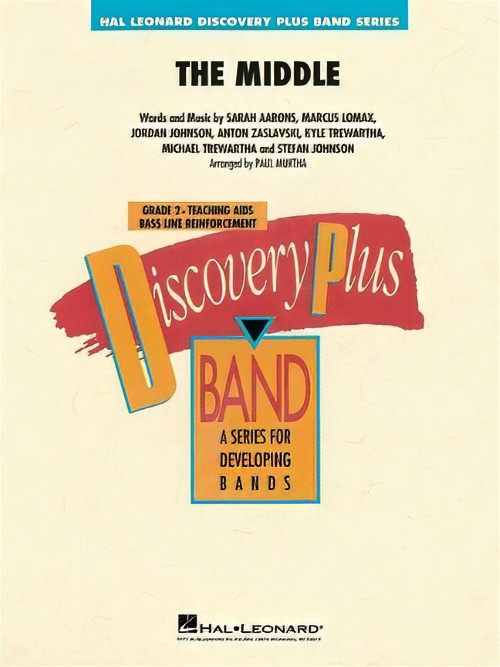 £53.50
£53.50The Middle (Concert Band - Score and Parts) - Murtha, Paul
Featuring a catchy melody and distinctive harmonies, this 2018 hit from Zedd, Maren Morris and Grey was nominated for a number of GRAMMY awards including best song, and had demonstrated a rare quality of enduring popularity. Paul Murtha perfectly captures the flavor of this upbeat hit. Duration: 2.50
Estimated dispatch 7-14 working days
-
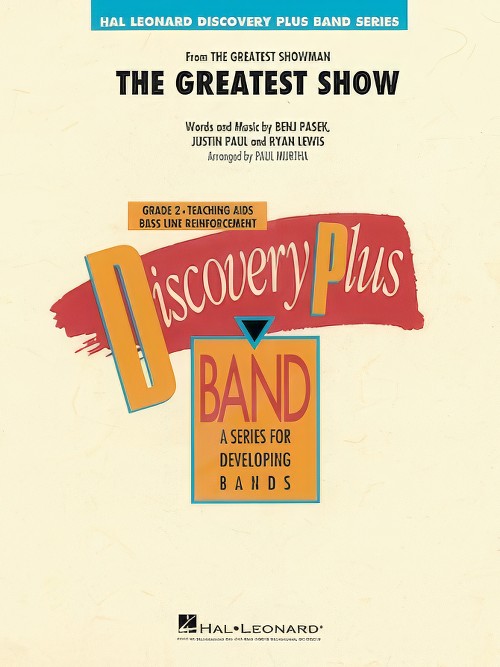 £53.50
£53.50The Greatest Show (from The Greatest Showman) (Concert Band - Score and Parts) - Pasek & Paul - Murtha, Paul
From the hottest movie soundtrack to come along in years, here is a high-energy, yet playable arrangement of the dynamic opening number.
Estimated dispatch 7-14 working days
